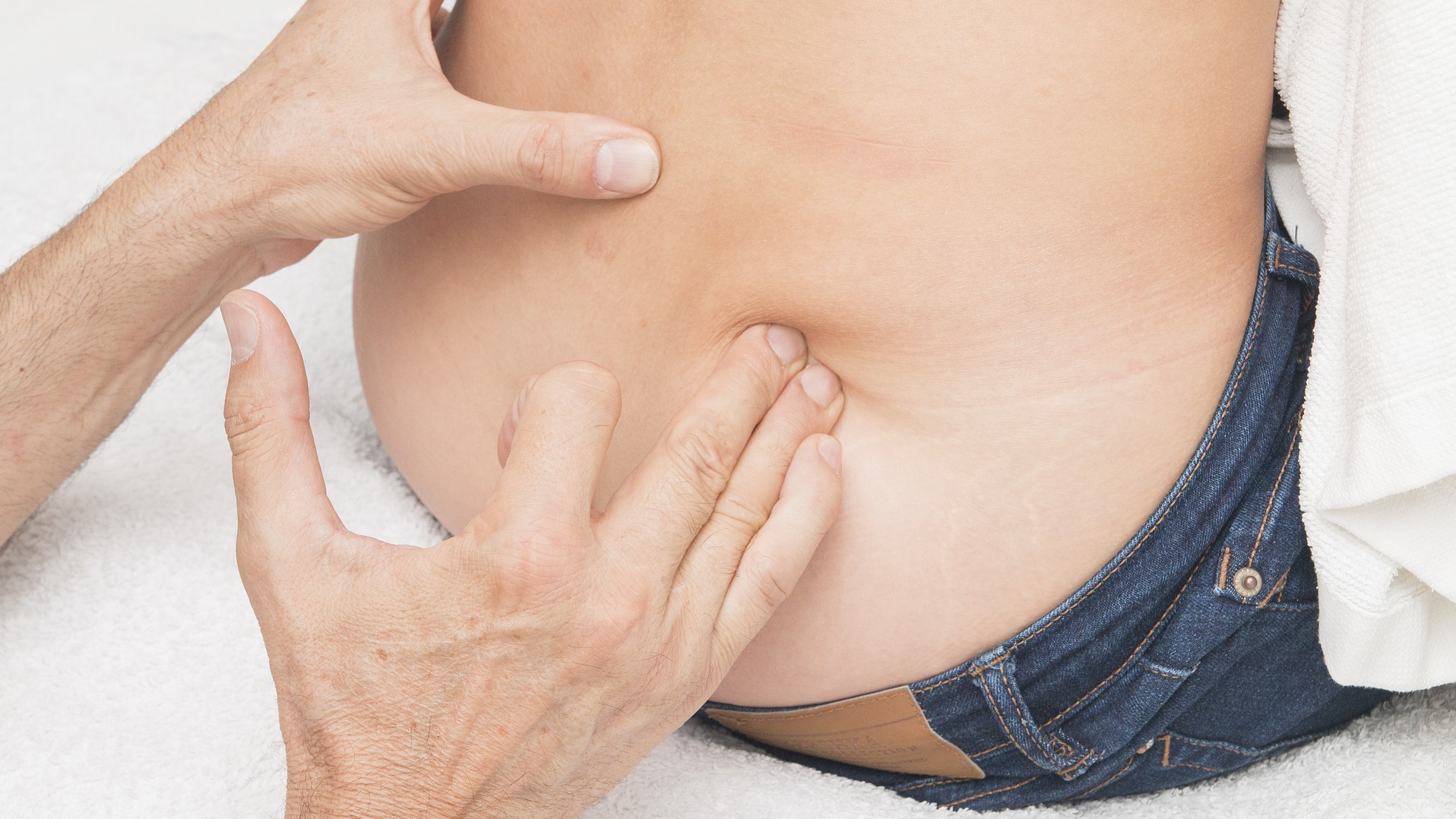Bursitis
Bursitis is a problem where the tiny sacs of fluid in the joints become inflamed. Often referred to as an "overuse" injury, Bursitis is a painful and frequently recurrent injury caused by direct trauma to the joint.
Bursae are tiny, fluid-filled sacs found throughout the body near the joints where bones, tendons, muscles, or skin rub against each other. Bursae reduce friction from movement and provide cushioning between bones.
Inflamed bursae can cause pain, swelling, and tenderness in the affected region. Bursitis is commonly found in areas with a lot of movement, like the shoulder, elbow, hip, knee, and heel areas.
Repetitive movements, extended pressure or friction on a specific joint, or direct trauma to the area are the most common causes of Bursitis. Overuse or repetitive activities, such as throwing a baseball or kneeling for extended periods, can irritate the bursa and lead to inflammation.
Bursitis symptoms may differ depending on the location, but they typically involve:
- Joint Pain: A dull ache or general stiffness. Pain that worsens with movement or pressure.
- Swelling: The area appears swollen and is warm to the touch.
- Reduced Range of Motion: Normal range of motion is limited, making it difficult to perform regular activities.
- Tenderness: The general area around the bursae is sensitive and tender.
Seek medical attention to ensure proper diagnosis. Prescription medications and medical treatments are available to reduce the pain and discomfort of the bursae to offer some much-needed relief.
Home Remedies for Bursitis
Some home remedies can complement the treatment advised by your physician. Check with your doctor to see which is best for you. Treatment for Bursitis typically involves a combination of self-care, such as rest and ice, as well as medical treatment, including:
Rest
Rest the painful joint. Elevate the area if possible. Avoid activities aggravating the affected area to reduce pain and promote healing.
Ice Packs and Heating Pad
Ice and heat are a time-honored therapy to reduce pain and promote healing. Apply ice packs or cold compresses to the joint to help reduce inflammation. After the first 24 hours of using an ice pack, switch to a heating pad to help circulate the blood, soothe pain, and promote healing.
OTC Pain Relievers
Pain can be reduced by using OTC (Over-the-counter) NSAIDs (nonsteroidal anti-inflammatory drug) pain medications, such as Ibuprofen or Naproxen (Advil, Aleve), which relieve pain and reduce inflammation.
Gentle Stretching
After healing, a physical therapist can guide you with exercises and stretches to increase joint mobility and range of motion and help prevent injury by strengthening the surrounding muscles.
Protect and Support the Joint
Joint braces, straps, or wraps improve support to the joint, such as using a knee pad to help strengthen and reduce friction and inflammation of the joint.
Muscle Creams
OTC rubs such as Voltaren, Tiger Balm, or Bengay can effectively reduce the pain of Bursitis with minimal side effects. Follow the instructions on the manufacturer's package for usage.
Epsom Salt
Adding Epsom salt to the bath is another time-honored home remedy that provides natural pain relief. A painful joint is soothed in a hot bath. Blood flow increases, and pain and inflammation are reduced by adding 2 cups of Epsom salts to a hot bath. It is thought that the sulfates found in Epsom salt strengthen the body's joints. Follow the manufacturer's instructions and enjoy your soothing bath.
Glucosamine, Chondroiten & MSM
Glucosamine, Chondroitin, and MSM are supplements that support joint health. They have antioxidant properties and help to reduce inflammation.
Omega-3 Fatty Acids
Several clinical studies have shown that consuming omega-3 fatty acids daily will reduce overall inflammation. Take 3-5g of omega-3 fatty acids in divided doses daily with meals.
Vitamin C
Vitamin C helps to produce collagen, an important component in strengthening connective tissue. Take up to 5,000mg twice daily with food. (If Vitamin C causes loose stools, decrease the dosage and then gradually increase the dosage as tolerated.)
Cautions
If you suspect you have Bursitis or are experiencing symptoms, it is recommended to consult a healthcare professional for an accurate diagnosis and appropriate treatment options. They can provide a personalized treatment plan based on your condition.



